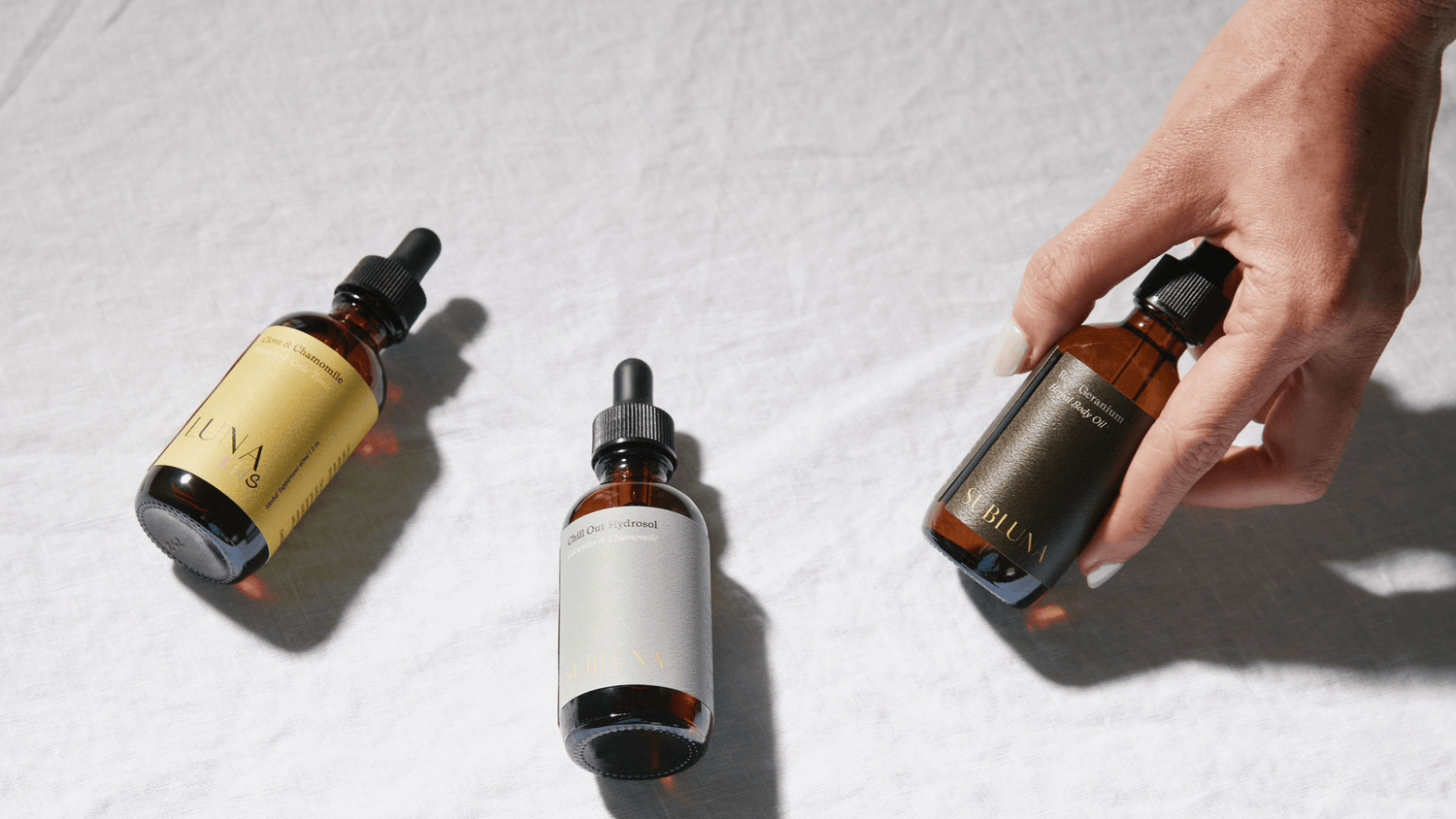Let’s Talk Cellulite: From Normal to Nourished
Let’s Talk Cellulite: From Normal to Nourished
When It’s Normal, When It’s Not, and What You Can Do About It
First Things First: Cellulite Is Normal. Let’s get this straight—cellulite is not a flaw, not a failure, and a completely normal part of your physiology. Most women have cellulite, and there’s a reason for that. The connective tissue that holds fat under the skin is structured differently in women than in men.
In women, the collagen “webbing” between skin and muscle is arranged vertically like pillars. In men, it’s arranged in a crisscross. That vertical structure makes it easier for fat cells to peek through and create a dimpling effect. It’s simply biology.
We’ll never completely eliminate cellulite, nor should we. What we can do is use cellulite as a tool for body literacy and an indicator of overall health. When cellulite becomes more prominent or excess, especially alongside other symptoms, it may be an indicator of something bigger going on.
2. When Cellulite is Telling You Something More
In some cases, increased or stubborn cellulite may reflect underlying imbalances, such as poor detoxification, especially when accompanied by signs like fatigue, chronic pain, puffiness, stubborn weight gain, or sluggish recovery after illness.
On its own, cellulite is normal, but combined with other symptoms, cellulite can be a sign of:
-Fascia Dysfunction: Fascia is the connective tissue that wraps your muscles and fat. When it becomes dehydrated, sticky, or inflamed, it can exaggerate the appearance of cellulite.
-Lymphatic Stagnation: The lymph system clears waste from the body. If it’s sluggish, that waste—including inflammation and toxins—can accumulate, especially in the thighs and hips.
-Estrogen Dominance- This hormone imbalance can increase fat storage in estrogen-sensitive areas (hips, thighs, buttocks) and often shows up alongside cellulite.
-Lipoedema: A condition where fat is disproportionately stored in the legs and arms thanks to a lovely combo of both estrogen dominance and sluggish lymph, often misdiagnosed as simple weight gain or cellulite.
-Oxidation and Inflammation: Oxidative stress (think: processed foods, seed oils, pollution) can damage fascia and make connective tissue more fragile.
What You Can Do: Tools, Techniques, and Herbal Allies
When cellulite is persistent or shifting, and you feel it in your body, it may be a sign to start focusing on possible root causes. The goal isn’t perfectly smooth skin, it’s improved detox, stronger fascia, better lymph flow, and overall more vitality.
-Vibration Plate
Stimulates lymph flow, tones fascia, and improves circulation. Use 3–5x per week for 10–15 min. (Histamine Heads Up! Histamine is often stored in fascia and fat. If you have histamine intolerance or mast cell activation, stimulation, like massage or vibration, may release it too fast. If this is you, start slow and make sure you are supporting your body’s histamine levels with extra care during this process.)
-Manual Fascia Blasting
Especially helpful before or after vibration plate work. Helps break up adhesions, hydrate fascia, and encourage lymphatic movement.
-Rebounding or Walking: Gentle bouncing or walking post-treatment helps the lymph “flush.”
Herbs to Support Detox, Fascia, and Fat Metabolism
-Cleavers – classic lymphatic mover, especially for puffiness
-Calendula – gentle and nourishing for fascia, skin, and lymph
-Chickweed – supports fat metabolism and breaks down stagnation
-Nettle – mineral-rich, strengthens tissue and detox pathways
-Schisandra – antioxidant-rich, protects against oxidative stress
-Dandelion Root – liver support to process estrogen and toxins
-Licorice – modulates stress response and may support fascia integrity
-Chinese Skullcap – for oxidative stress, inflammation, and histamine
-Reishi – modulates histamine, strengthens resilience, supports detox
A Mini Cellulite Support Routine
Before your session
Use your fascia blaster gently (legs, thighs, glutes)
Drink Skin Food or another mineral/electrolyte-rich beverage to hydrate well.
On the vibration plate (10–15 minutes total)
Deep squat holds × 3
Side lunges or glute bridges × 2
Sit with hamstrings or glutes on plate for 2–3 min
Optional: massage calves/thighs directly on the plate
Aftercare
Walk 5–10 min to support lymph flow
Water with 2 droppers of Clean Up Crew or Glow Getter
Focus on fiber rich foods. Consider working with a binder and supporting with histamine supportive herbs if uncomfortable detox symptoms arise.



